Screen, pen input and audio
The 10.1inch screen of Latitude 10 has the
resolution of 1,366x768, equal with the tablet based on Atom. More
impressively, the pixel in total is the 450-nit brightness indicator; the
images truly stand out in this screen. When we watch Netflix, play several games
and surf the web, all contents look vibrant, and the colors seem accurate. Like
the screens on Asus VivoTab Smart and Lenovo ThinkPad Tablet 2, this screen
uses IPS tech, so you can wait for a wide viewing angle. We have no problem
watching the video from the far left and right corners. The vision will be much
better if the screen is not glossy like that, but it will only be the problem
in environments with light above your head.
An active Wacom digitizer is available at
the price of 34 USD, and it has the compatibility with the more advanced
configurations of Latitude 10. (Essentials version will basically work with the
passive pen). We have used the pen in programs such as Windows Journal, which
includes writing recognition, and Paint. The pen itself feels that it’s cheaply
made; it doesn’t provide as good grip as S Pen of Samsung. However, it works
well in choosing the small subjects on the screen, and the capacitive screen
provides the excellent palm rejection ability. The screen recognizes the
accidental input in just a several times when we’re writing with the stylus.
Latitude 10d doesn’t have the built-in slot to store the device of Wacom, but
the soft cover accompanying with our testing model have a place to store the
pen.
The audio is not very loud on Latitude 10. 2
small stereo speakers sit on the back of the device, which means that music and
conversation are muffled when holding the tablet in your hands (or palm). The
favorite songs transferred through Slacker are not loud – what we always
mention about the tablet – wearing headphones allows the sound to be a little
louder, richer.
Performance and battery life
Dell Latitude
10 (1.8GHz Intel Atom Z2760, Intel HD)
·
PCMark7: 1,437
·
3DMark06: 458
·
ATTO (at highest drive speed): 82MB/s (read);
35MB/s (write)
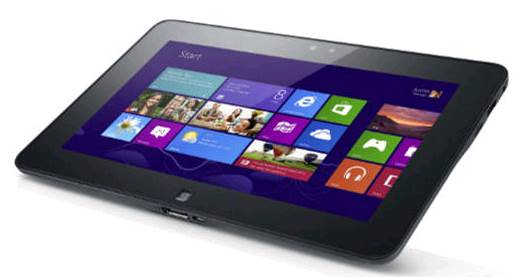
Dell
Latitude 10
Asus
VivoTab Smart (1.8GHz Intel Atom Z2760, Intel HD)
·
PCMark7: 1,400
·
3DMark06: 372
·
ATTO (at highest drive speed): 83MB/s (read);
35MB/s (write)
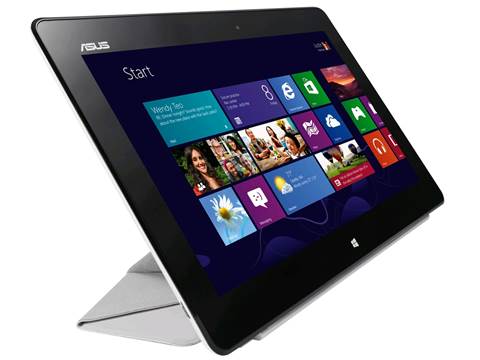
Asus
VivoTab Smart
Lenovo
ThinkPad Tablet 2 (1.8GHz Intel Atom Z2760, Intel HD)
·
PCMark7: 1,423
·
3DMark06: 460
·
ATTO (at highest drive speed): 83MB/s (read);
35MB/s (write)

Lenovo
ThinkPad Tablet 2
HP Envy
x2 (1.8GHz Intel Atom Z2760, Intel HD)
·
PCMark7: 1,425
·
3DMark06: N/A
·
ATTO (at highest drive speed): 83MB/s (read);
34MB/s (write)
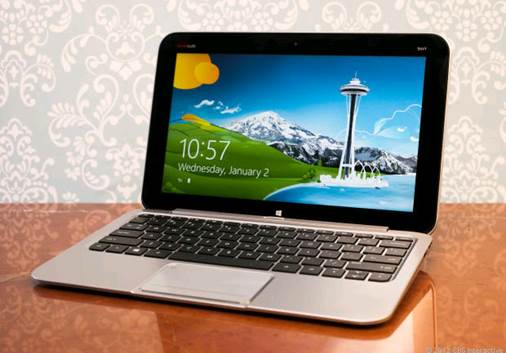
HP
Envy x2
Samsung
ATIV Smart PC (1.8GHz Intel Atom Z2760, Intel HD)
·
PCMark7: N/A
·
3DMark06: 374
·
ATTO (at highest drive speed): 82MB/s (read);
36MB/s (write)
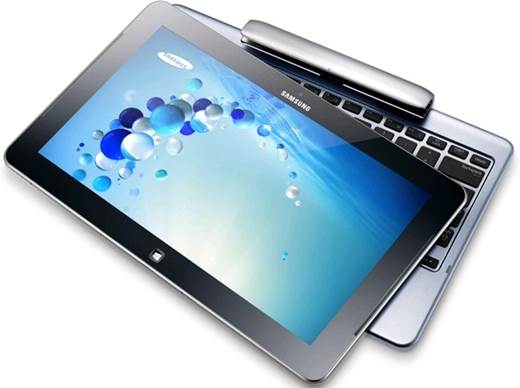
Samsung
ATIV Smart PC
Acer
Iconia W510 (1.8GHz Intel Atom Z2760, Intel HD)
·
PCMark7: 1,297
·
3DMark06: N/A
·
ATTO (at highest drive speed): 81MB/s (read);
28MB/s (write)
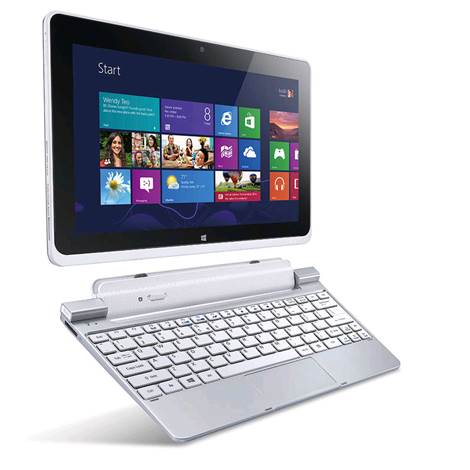
Acer
Iconia W510
S we mentioned in
the Asus VivoTab Smart review, the tablets having low power were nearly
identical when talking about technical specs. Like that product and all
competitive models we tested, Latitude 10 run Intel Atom Z2760 processor at the
speed of 1.8GHz, with 2GB RAM and Intel Graphics Media Accelerator. It’s no
surprise when the tablet of Dell creates the almost-identical testing score
from the competitors. In ATTO, Latitude 10 reaches the max read and write speed
of 82MB/s and 35MB/s, and cold boot takes about 15 seconds.
It’s nothing to be surprise when a device
is powered by Atom, Latitude 10 can’t run the 3DMark 11 graphics benchmark,
which requires the support of DirectX 11. That’s the good sign about the kind
of gaming performance that should be waited – you will play Angry Birds,
Solitaire and etc. well, but the heavy games are not. We have some
problems, such as app crash or force-to-close throughout the time testing Latitude
10, but these moments are quite little. Switching between the apps doesn’t make
the system stutter, and we never have to drum our fingers to wait for the
programs to be loaded.
When we performed the battery test,
including running an internal-saved video continuously with Wi-Fi on and the
brightness at 65%, 30Wh battery of Latitude lasted 9 hours 3 minutes. It’s
well-compared to other laptops powered by Atom, such as Acer Iconia W510 (8 hours
19 minutes) and HP Envy x2 (7 hours 53 minutes). While that condition is pretty
average for a Windows 8 tablet powered by Atom, it outruns all of them when you
add an optional 60Wh battery: with this battery attached, we have an impressive
16 hours of working.
Battery
life
·
Dell Latitude 10: 9:03/16:01 (expanded battery)
·
Asus VivoTab Smart: 7:30
·
ThinkPad Tablet 2: 10:27
·
Acer Iconia W510: 8:19 (tablet only)/14:17 (with
dock)
·
HP Envy x2: 7:53 (tablet only)/12:30 (with dock)
·
Acer Iconia W700: 7:13
·
Samsung ATIV Smart PC (AT&T): 7:04 (WiFi
only)/6:43 (LTE)